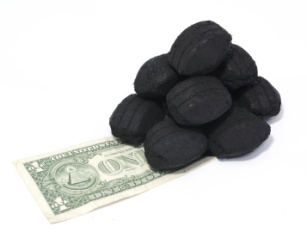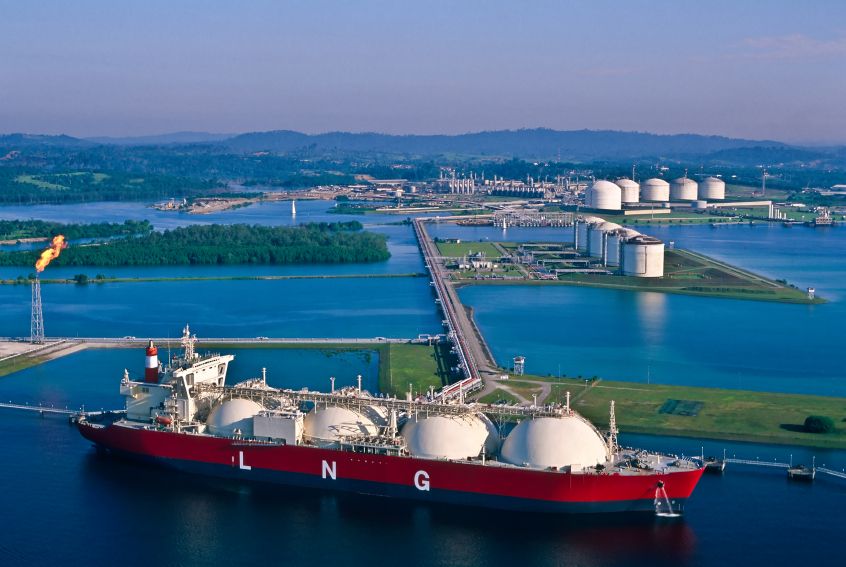Will the Obama administration back away from building liquefied natural gas (LNG) terminals along the coasts of the U.S.? Obama’s appointee at the head of the Federal Energy Regulatory Commission suggests that it will.
Though George W. Bush talked a lot about weaning the U.S. off foreign oil, he wanted a massive increase in imports of foreign natural gas. The Bush administration, aided by the 2005 energy bill that gave the feds sole authority over LNG terminal siting, pushed for dozens of new terminals to be constructed in coastal areas of the U.S., where massive tankers could unload their cargo from overseas.
Communities targeted for the terminals, many of them densely populated, have protested fiercely, citing serious concerns about safety and the prospect that terminals could be targets for terrorist attack. In vapor form, natural gas is extremely flammable, so accidents can lead to huge, dangerous fires and explosions. There are currently only four active LNG terminals on U.S. shorelines. At one point, some 30 additional terminals were being considered, but vigorous opposition has led to the cancellation of some projects and endless lawsuits over many others.
Among those caught up in litigation is the facility proposed for Bradwood Landing in Oregon, at the mouth of the Columbia River. FERC approved construction of the terminal in September 2008, over the complaints of local citizens and environmental activists. Oregon, Washington, a coalition of environmental groups, and the National Marine Fisheries Service all filed suit against FERC over the decision, alleging that the agency broke the law by approving the terminal before its environmental impacts were adequately assessed.
Enter the Obama administration. In March, the Justice Department said it would represent NMFS in its suit against the Bradwood terminal.
And the newly appointed chair of FERC, Jon Wellinghoff, told Grist in an interview that he thinks the Bradwood decision needs to be reassessed. That’s consistent with his vote against the project [PDF] last year, when he was one of four FERC commissioners.
“My view has been that we need to look at those [proposed LNG terminals] very carefully, and we need to consider all of the regional needs when determining whether or not there has been a finding of need for the facility,” said Wellinghoff. “That was largely why I voted against the Bradwood decision in Oregon, was because I didn’t believe that there had been an adequate determination of need for that facility to meet the needs of the region.”
Wellinghoff challenged the idea that the U.S. needs to expand its infrastructure to import more LNG. Instead, he predicted increased use of domestic natural gas reserves.
“We’ve had, since a lot of this push for LNG several years ago … a vast expansion of the known resource reserves of natural gas in this country, based primarily on exploration in shales in Pennsylvania and Oklahoma and other regions of the country, that have allowed us to understand that we have much more natural gas resource reserves than we ever believed we had,” said Wellinghoff. “As such, we probably will be much more able to draw from domestic gas resources than we will be so concerned about foreign LNG sources.”
Of course, development of domestic shale is not without its own environmental and local concerns. Count on this to be an interesting topic to follow in the coming months.
But Wellinghoff also predicts that the U.S. won’t need big new sources of natural gas. “I think the potential is there to increase the efficient use of natural gas so rapidly that I don’t think we’re going to see significant increases in demand,” he said.
Watch for more from our interview with the FERC chairman soon.





